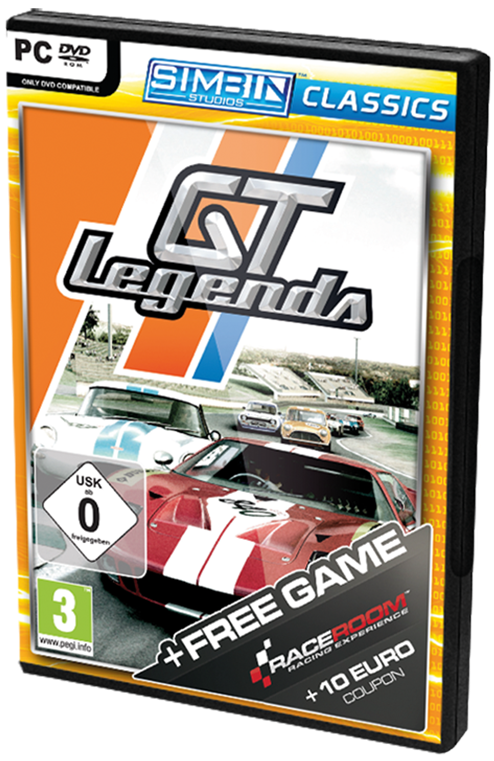The big box PC game has been extinct for a number of years. They are now collector's items, and some Indies have decided to create their own collectible big box for their games – for nostalgia's sake (see Thimbleweed Park and Rad Rodgers). The story of how this came to be was told to me by an industry executive, Tom Gross, who was VP of Sales at GT Interactive (GoodTimes Entertainment) starting in 1986 through 2003 (after GTI sold to Infogrames).
Here's the story.
Ultima II, 1982, Origin Systems. Published by Sierra Online.
The first big box game I can remember was Ultima II. It's still a big box, bigger than many "big box" PC games were. Over the years, to get more eyeballs on the game, publishers would create a massive box that you couldn't keep your eyes off of, such as Might & Magic: Clouds of Xeen, Ultrabots, and World of Xeen. Retailers everywhere would carry these boxes and they ate up a lot of shelf space. In retail, owning an endcap (the area at the end of an aisle) was prime real estate and publishers paid dearly for that space.
GT Interactive was in a unique position in the middle of the 90's. They were an offshoot from GoodTimes Home Video (a label owned by GoodTimes Entertainment Ltd.), tasked with bringing video games into the retail spaces where they had a presence, and expanding from there. In the United States, Walmart was one of the largest retailers of video games. The buyer at Walmart wanted to carry video games, but didn't have anyone with expertise that knew what to stock. GT, having a relationship with Walmart already through GoodTimes Home Video, was asked if they would be the gatekeeper for all video games in their stores. Of course, this was a gold mine for GT. They controlled the game inventory in the biggest retailer in the world. Luckily for id Software, we were GT's favourite, and only, developer partnership at that time. Based solely on id Software's game sales (cumulative revenue of $111.3 million in 2 years), GT Interactive went public in 1995. They had a lock on retail with Walmart, then Target, another massive American retailer.
GT Interactive, in an effort to put more product in the same amount of space, worked with publishers of monster-sized boxes like Broderbund and Sierra, to standardise their box size to the DOOM II-sized big box dimensions. Even Microsoft acquiesced. The new standard size around was 7" wide by 9" tall. The standardisation succeeded for almost a year.
Walmart told GT Interactive that they were having to cut back on the size of the computer software department because they were about to start expanding into DVD movies, a new media type back then . That meant less computer software SKUs. Tom asked the buyer rep if they could keep the same number of software SKUs if they downsized the boxes again. The rep asked Tom what size he was proposing, so Tom just reached over and picked up a DVD box and said,"This size." The rep said they'd think about it.
The next day, the rep told Tom that it sounded like a good decision, and asked GTI to mock up a bunch of boxes, which they did in one day, and they saved the computer software department at Walmart. The game publishers were not happy to have to squeeze into such a small box, especially after having done so less than a year prior, but at least Walmart allowed the box depth to be deeper than DVDs because some games have thick manuals, maps, and other ephemera.
Publishers only wanted one box to manage, so the DVD-dimensions stuck and everyone finally converted over to the pure DVD-style plastic packaging around 2008. That's the story of how the big box PC became extinct.



